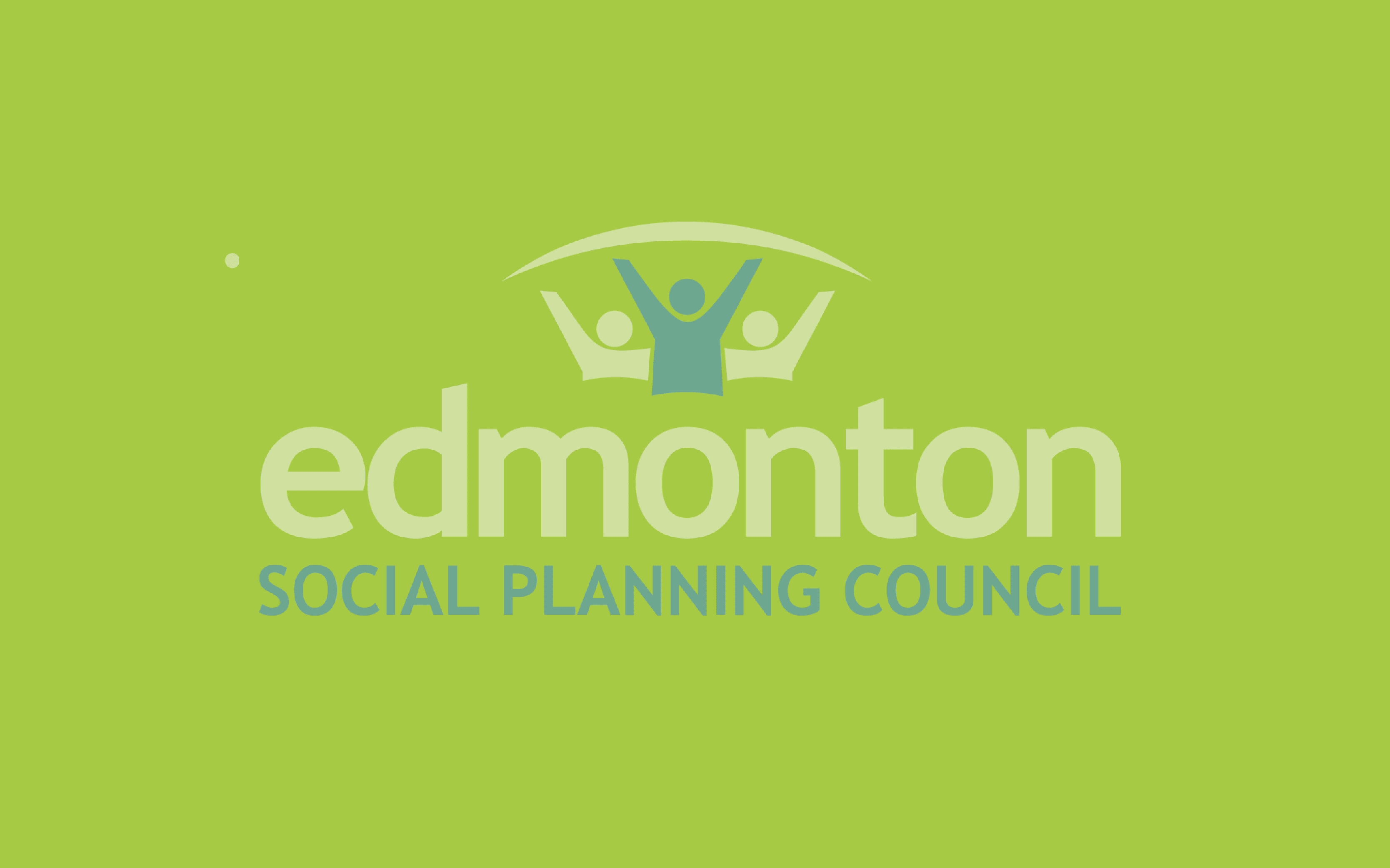[et_pb_section fb_built=”1″ _builder_version=”4.7.0″ custom_margin=”0px||0px||false|false” custom_padding=”0px||0px||false|false”][et_pb_row column_structure=”3_4,1_4″ use_custom_gutter=”on” gutter_width=”1″ _builder_version=”4.7.3″ _module_preset=”default” width=”100%” custom_margin=”0px||||false|false” custom_padding=”3px||5px|||” border_width_bottom=”1px” border_color_bottom=”#a6c942″][et_pb_column type=”3_4″ _builder_version=”4.7.0″ _module_preset=”default”][et_pb_post_title meta=”off” featured_image=”off” _builder_version=”4.7.4″ _module_preset=”default” title_font=”||||||||” custom_margin=”||3px|||” border_color_bottom=”#a6c942″][/et_pb_post_title][/et_pb_column][et_pb_column type=”1_4″ _builder_version=”4.7.0″ _module_preset=”default”][et_pb_image src=”https://edmontonsocialplanning.ca/wp-content/uploads/2020/08/boxes_1.gif” title_text=”boxes_1″ align=”center” disabled_on=”on|off|off” _builder_version=”4.7.4″ _module_preset=”default” width=”100%” custom_margin=”-2px||-1px||false|false” custom_padding=”||7px|||”][/et_pb_image][/et_pb_column][/et_pb_row][et_pb_row column_structure=”3_4,1_4″ use_custom_gutter=”on” gutter_width=”1″ make_equal=”on” _builder_version=”4.7.4″ background_size=”initial” background_position=”top_left” background_repeat=”repeat” width=”100%” custom_margin=”0px|auto|0px|auto|false|false” custom_padding=”37px|0px|44px|0px|false|false”][et_pb_column type=”3_4″ _builder_version=”4.5.6″ custom_padding=”0px|0px|0px|0px|false|false” custom_padding__hover=”|||”][et_pb_text _builder_version=”4.7.4″ _dynamic_attributes=”content” _module_preset=”default” text_font=”||||||||” text_text_color=”#000000″ custom_padding=”||32px|||”]@ET-DC@eyJkeW5hbWljIjp0cnVlLCJjb250ZW50IjoicG9zdF9kYXRlIiwic2V0dGluZ3MiOnsiYmVmb3JlIjoiIiwiYWZ0ZXIiOiIiLCJkYXRlX2Zvcm1hdCI6ImRlZmF1bHQiLCJjdXN0b21fZGF0ZV9mb3JtYXQiOiIifX0=@[/et_pb_text][et_pb_text _builder_version=”4.7.4″ text_line_height=”1.6em” header_2_font=”|600|||||||” header_2_text_color=”#008ac1″ header_2_font_size=”24px” background_size=”initial” background_position=”top_left” background_repeat=”repeat” width=”95%” module_alignment=”left” custom_margin=”-1px|0px|2px|-96px|false|false” locked=”off”]
Written by: Tom Ndekezi, Summer Student Research Assistant
Traditional approaches to food security often emphasize food availability, access to nutritious foods, the ability for individuals and households to utilize and prepare healthy foods, and the overall stability of those factors. While that approach may help vulnerable populations gain access to healthy foods, the absence of cultural perspectives and an explicit commitment to the need for culturally appropriate foods may ultimately rob individuals of their right to dietary self-determination.
A complete understanding of food security must take cultural factors into account, particularly in a country like Canada whose Indigenous, immigrant, and racialized populations are disproportionately affected by food insecurity. In their 2017 literature review “Immigration and Food Insecurity: The Canadian Experience,” University of Ottawa researchers Diana Tarraf and Isabelle Giroux, as well as the Food and Agriculture Organization’s Dia Sanou, detail some common themes that highlight the need to incorporate cultural perspectives into traditional understandings of food security, especially with regard to new and recent immigrants to Canada.
Upon first arriving in Canada, many immigrants go through a dramatic accommodation phase during which they abandon their traditional diets and completely adopt a typical Canadian diet. This phase can last anywhere from a few days to several months as newcomers gradually become acquainted with their surroundings, identify grocery stores, get in contact with compatriots, and slowly begin to integrate traditional foods back into their diet.
This adaptation phase is often followed by what Tarraf et al. (2017) call a transition phase, in which newcomers can now structure a dietary framework for themselves and their households. For many this means creating a hybrid diet that includes traditional foods and elements of a typical Canadian diet side-by-side — think BLTs for lunch and fufu and peanut soup for dinner. For others the choice is instead an enculturated diet made up almost entirely of traditional foods. Conversely, there are those who adopt an acculturated Canadian-style diet, at the expense of traditional foods.
A traditional understanding of food security may look at the phenomenon described above and not see much of a problem with it. As long as individuals have healthy food on their plate, what is the issue with them choosing one diet over another?
Firstly, many newcomers’ traditional diets are generally healthier than the highly-processed, high-fat, and high-sugar typical Canadian diet. Recent immigrants also tend to be in better overall health than their Canadian counterparts — what is known as the Healthy Immigrant Effect — although over time their health generally declines toward the national average, and in some cases even drops below it. That downwards sloping trajectory can be partially explained by an assimilation to a typical Canadian diet, a process that is perpetuated by insufficient newcomer supports and facilitated by culturally-deficient understandings of food security.
There is also the temptation to treat the choice to adopt a specific diet as strictly that, a choice. A culturally-deficient approach to food security does not consider the wider, global understanding of what healthy foods are, and whether or not individuals have access to those foods. Although the first step towards food security may be having the choice to not eat unhealthy or low-quality foods, the realization of food security is in the agency that accompanies food sovereignty, i.e. “the right of peoples to healthy and culturally appropriate food produced through ecologically sound and sustainable methods, and their right to define their own food and agriculture systems” (Food Secure Canada).
A review of the current literature regarding food security will find, as Tarraf et al. (2017) found, that much of the discourse surrounding food security is stuck at a primary level of engagement. Much of the conversation is still satisfied with communities having access to affordable grocery stores that supply healthy and nutritious foods, but there is little to no interrogation as to what exactly those foods are and how they serve the demographics of the surrounding community. The coexistence of the Healthy Immigrant Effect and lower health outcomes among immigrant communities is a glaring incongruence, and one that can begin to be remedied by education on traditional foods and the incorporation of cultural perspectives into our understandings of food security.
Much like a good meal, an effective approach to achieving food security must be created with an intense awareness of exactly who is being served. And like a great meal, a formidable approach to achieving food security and food sovereignty must be created hand-in-hand with the communities it serves, leaning on their input, expertise, and cultural perspectives each step of the way.
[/et_pb_text][/et_pb_column][et_pb_column type=”1_4″ _builder_version=”4.7.4″ custom_padding=”0px|20px|0px|20px|false|false” border_color_left=”#a6c942″ custom_padding__hover=”|||”][et_pb_testimonial author=”Posted by:” job_title=”@ET-DC@eyJkeW5hbWljIjp0cnVlLCJjb250ZW50IjoicG9zdF9hdXRob3IiLCJzZXR0aW5ncyI6eyJiZWZvcmUiOiIiLCJhZnRlciI6IiIsIm5hbWVfZm9ybWF0IjoiZGlzcGxheV9uYW1lIiwibGluayI6Im9uIiwibGlua19kZXN0aW5hdGlvbiI6ImF1dGhvcl93ZWJzaXRlIn19@” portrait_url=”@ET-DC@eyJkeW5hbWljIjp0cnVlLCJjb250ZW50IjoicG9zdF9hdXRob3JfcHJvZmlsZV9waWN0dXJlIiwic2V0dGluZ3MiOnt9fQ==@” quote_icon=”off” disabled_on=”on|off|off” _builder_version=”4.7.4″ _dynamic_attributes=”job_title,portrait_url” _module_preset=”default” body_text_color=”#000000″ author_font=”||||||||” author_text_align=”center” author_text_color=”#008ac1″ position_font=”||||||||” position_text_color=”#000000″ company_text_color=”#000000″ background_color=”#ffffff” text_orientation=”center” module_alignment=”center” custom_margin=”0px|0px|4px|0px|false|false” custom_padding=”32px|0px|0px|0px|false|false”][/et_pb_testimonial][et_pb_text disabled_on=”on|off|off” _builder_version=”4.7.4″ _dynamic_attributes=”content” _module_preset=”default” text_text_color=”#000000″ header_text_align=”left” header_text_color=”rgba(0,0,0,0.65)” header_font_size=”20px” text_orientation=”center” custom_margin=”||50px|||” custom_padding=”48px|||||”]@ET-DC@eyJkeW5hbWljIjp0cnVlLCJjb250ZW50IjoicG9zdF9jYXRlZ29yaWVzIiwic2V0dGluZ3MiOnsiYmVmb3JlIjoiUmVsYXRlZCBjYXRlZ29yaWVzOiAgIiwiYWZ0ZXIiOiIiLCJsaW5rX3RvX3Rlcm1fcGFnZSI6Im9uIiwic2VwYXJhdG9yIjoiIHwgIiwiY2F0ZWdvcnlfdHlwZSI6ImNhdGVnb3J5In19@[/et_pb_text][/et_pb_column][/et_pb_row][/et_pb_section]

